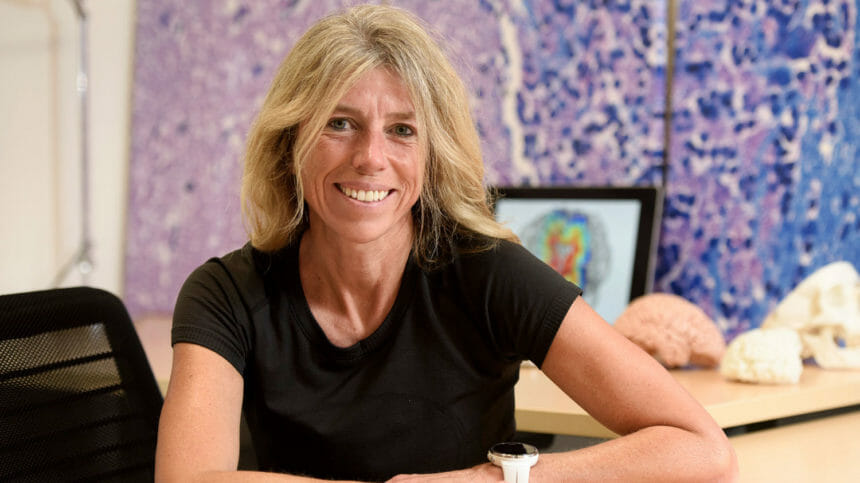
Scientists have developed a computer simulation that shows how two forms of Alzheimer’s disease spread through the brain over three decades.
“We hope the ability to model neurodegenerative disorders will inspire better diagnostic tests and, ultimately, treatments to slow down their effects,” said Ellen Kuhl, Ph.D., a professor of mechanical engineering at Stanford University.
Investigators knew that the disease produces hallmark clumps of defective, misfolded proteins that build up in the brain. To see how those toxic clumps — known as tau and amyloid beta — spread over time, Kuhl and her colleagues examined brain slices taken from people who died after developing one of the three diseases.
Kuhl now plans to work with neuroscientists to better understand the mechanisms of how the proteins misfold. Such insights would improve their model and might lead to better ways of diagnosing the disease before its symptoms become apparent.
“We have to find new ways to spur research toward diagnostics and interventions, and computer modeling can play a key role in identifying new therapeutic targets,” Kuhl said.



